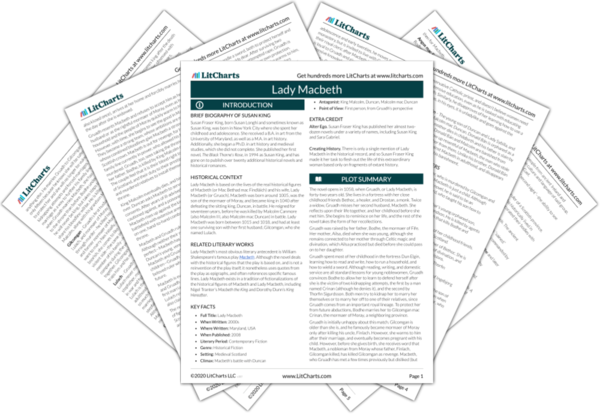Christianity and Celtic tradition coexist in medieval Scotland and are often used together. In this case, both practices are used in order to give Ailsa and Brigid the greatest chance of survival. Gruadh, even as a child, straddles both traditions, wondering if her mother and sister will travel to a Christian, or pagan heaven, both of which seem equally likely to her.
